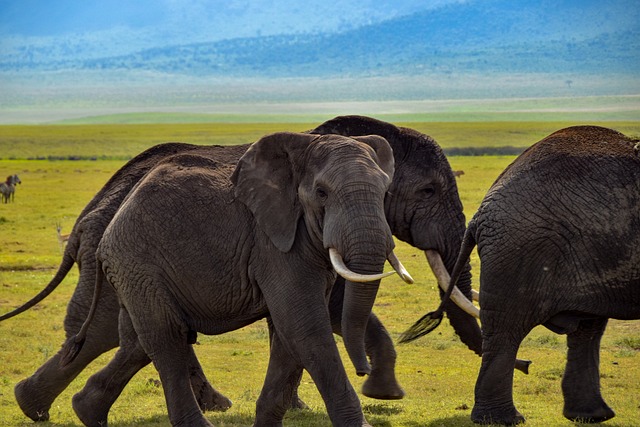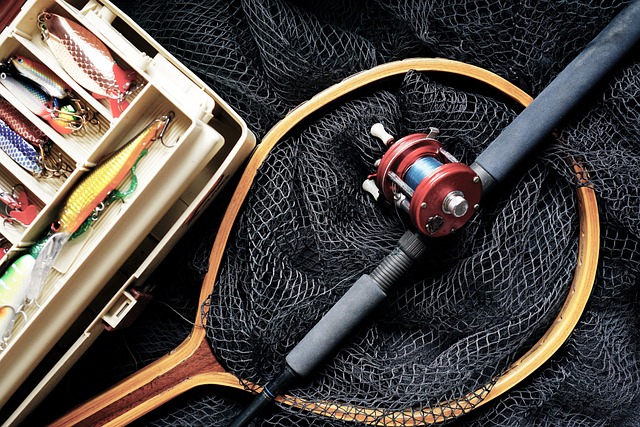In a world where rapid industrialization and urban expansion have become the norm, the environment faces an unprecedented threat that calls for urgent action. Climate change, driven by human activity, not only alters weather patterns but also severely impacts the delicate balance of nature. One of the most effective ways to combat this pressing issue is through the conservation of species, which serves as a cornerstone for the preservation of biodiversity.
Biodiversity is the intricate network of life that sustains our planet. From the majestic forests that provide habitat for countless species to the coral reefs teeming with marine life, every element plays a crucial role in stabilizing ecosystems. However, climate change poses a severe threat to this intricate web. As temperatures rise and habitats alter, many species find themselves at a crossroads, struggling to adapt to rapidly changing environments. This is where conservation efforts become vital.
The conservation of species is more than just saving animals and plants from extinction; it encompasses safeguarding entire ecosystems, promoting healthier forests, oceans, and wetlands. A thriving biodiversity enhances resilience against climate change. When ecosystems are healthy, they are better equipped to withstand the shocks of extreme weather events, such as floods, droughts, and hurricanes, which are becoming increasingly common due to climate change.
Moreover, each species has its unique role, contributing to ecological stability and the various services that sustain human life. Pollinators like bees and butterflies, for example, are essential for food production. Their decline directly threatens agricultural systems, affecting food security globally. By prioritizing the conservation of such species, we actively contribute to the health of our environment and our own survival.
Additionally, protecting biodiversity fosters genetic diversity, which is crucial for the adaptability of species in a shifting climate. Diverse populations are more likely to survive and adapt when facing new challenges, such as diseases or changing food sources. This genetic reservoir can also be crucial for future agricultural advancements and medical breakthroughs.
On a broader scale, tackling climate change through species conservation also helps strengthen community resilience. Many local communities rely on natural resources for their livelihoods. Protecting forests, rivers, and wildlife can support agricultural practices, tourism, and sustainable development initiatives, allowing communities to thrive even in the face of environmental challenges.
As stewards of the Earth, we have a responsibility to protect not only the stunning array of species that share our planet but also the ecosystems they inhabit. Through concerted efforts in the conservation of species, we can create a sustainable future for all. This not only involves established conservation programs but also grassroots movements that encourage local involvement in protecting native flora and fauna.
As we confront the reality of climate change, understanding the interconnectedness of species and their environments is imperative. Let us act decisively to invest in biodiversity conservation, for it is through these efforts that we can pave the way for a healthier planet and secure the future for generations to come. In the fight against climate change, the conservation of species stands as a beacon of hope, reminding us that our actions, no matter how small, can lead to monumental change.




